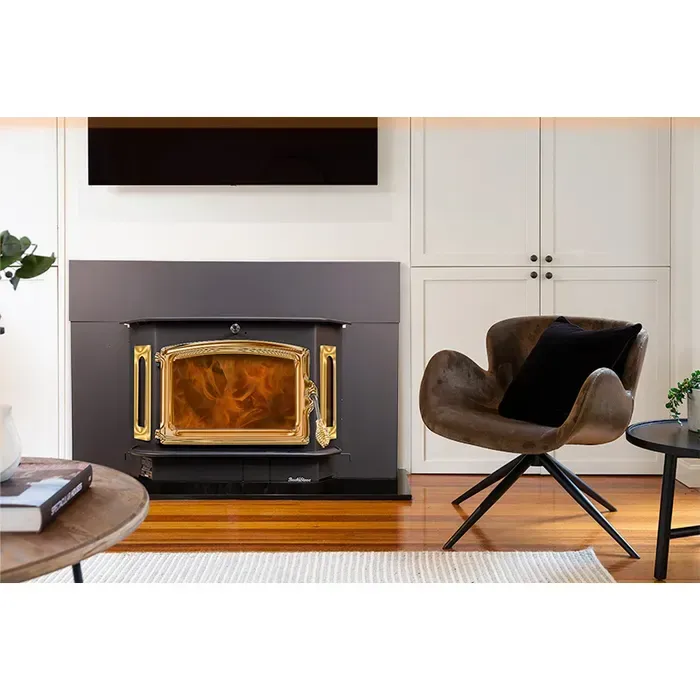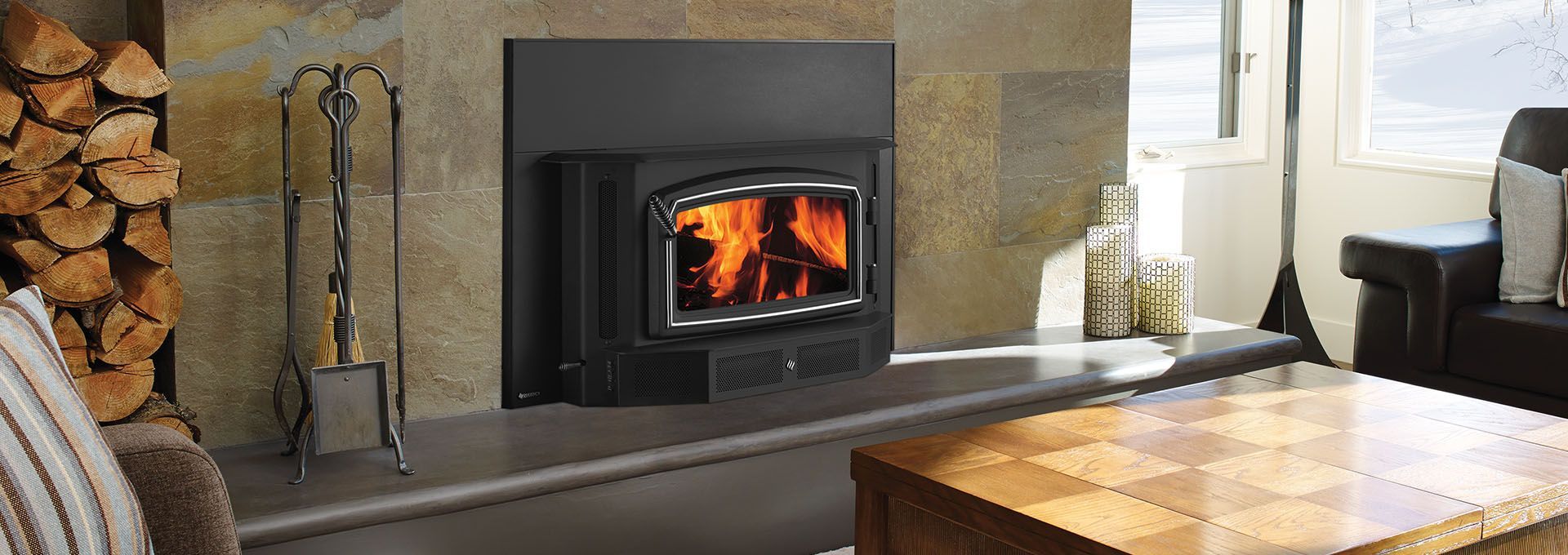Chimney 101: The Chimney
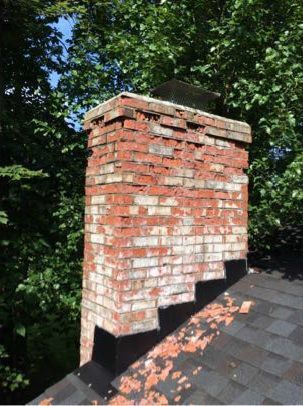
A chimney is a structure that provides ventilation for hot flue gases or smoke from a heating appliance or fireplace to the outside of your home. On the outside, the chimney is a stone or brick column that passes through your roof, or sometimes on the side of your home. On the inside, the chimney has special construction to ensure that the hot gasses are insulated away from the combustible materials your home and roof are made of. A chimney may have more than one flue inside of it, for example, one flue may lead to the fireplace on your main floor while the other leads to a basement heating appliance.
Flue
The flue is the large open space above the smoke chamber through which combustion gases vent. It is a common misconception that the inside of a chimney is hollow and that smoke just floats around in a large open space until it finds its way out the top. The inside of a chimney contains more masonry to pad and support the chimney flue, which is a smaller space that has what is called a flue liner.
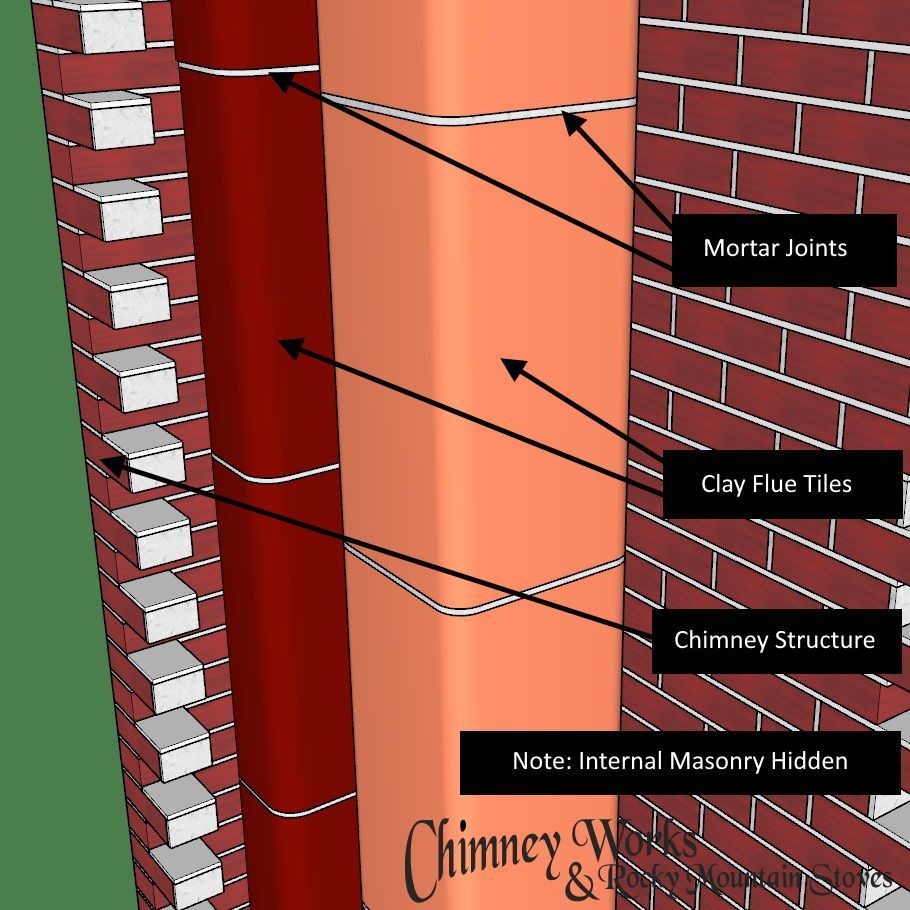
Flue Lining
A traditional masonry fireplace’s flue has a liner made up of clay tiles. These tiles are actually rectangular or round sections made out of a special type of clay. These flue tiles can withstand very high temperatures and protect the masonry from the corrosive by-products of burning fuel. Clay flue tiles are very common because they are inexpensive and hold up well for normal operation of a fireplace or stove. However, clay flue tiles do not handle chimney fires well and often crack when a chimney fire occurs. This is generally due to the uneven distribution of heat within the tile itself, whereby one side of the tile is much hotter than the other and expands at a different rate. Also, since the flue tiles come in sections (12″/24″) they are held together with mortar. This mortar can crack and fall out of the joints, defeating the purpose of a liner. Many codes call for refractory mortar to be used in clay flue liner joints but many masons ignore this and just use regular mortar.
Another type of chimney liner is a metal liner. These long flexible liners are made of stainless steel or sometimes if for a particular appliance, aluminum. These metal liners are extremely durable and are a very popular option when a clay flue liner has cracked. These metal liners can be inserted right into an existing clay liner and connected directly to an appliance.
Yet another option for lining a chimney is a re-coating of an existing clay flue liner with a product such as HeatShield. This product coats the inside of a flue liner so that all joints and defects are covered.
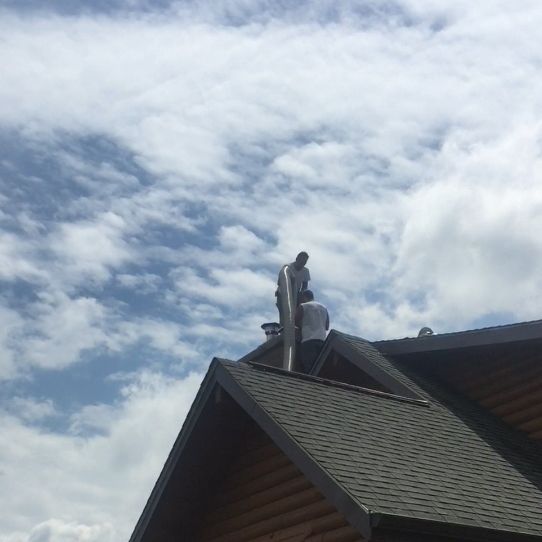
The post Chimney 101: The Chimney appeared first on Chimney Works & Rocky Mountain Stoves.
Search the Outpost


